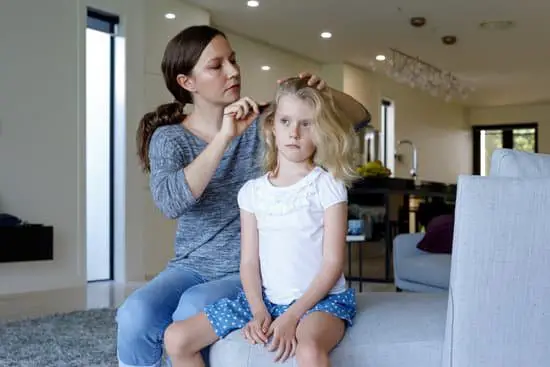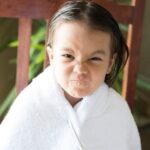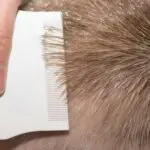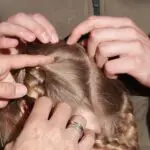Head Lice – Why Does Head Lice Exist?
The first step in treating head lice is to identify the source of the infestation. Head lice are generally found on the head, but they may move to other areas of the body. Body lice, on the other hand, live in clothing and only come in contact with the body when they feed. The predilection sites for head lice include the temples, behind the ears, and the back of the neck.
The most common symptoms of head lice include itching and tickling of the head. These symptoms usually begin at night, and the itching can break the skin on the head, resulting in infection. While the head louse can spread via direct contact, the body type can infect the same person by sharing clothing and objects.
Children aged four to 12 are at the highest risk for developing head lice. Infestation rates were higher in lower socio-economic areas, children with more siblings, longer hair, and brown hair. However, the study showed that 41% of children remained infested after 14 days of treatment. This suggests that lack of effective treatment may be a contributing factor.
Although head lice are not dangerous, it is important to treat the infestation if you suspect that you or your child has them. The best treatment is to find a lice-removal method and comb the head thoroughly. If the lice are already present, you should consult a doctor immediately. Head lice are often curable with nonprescription medications.








